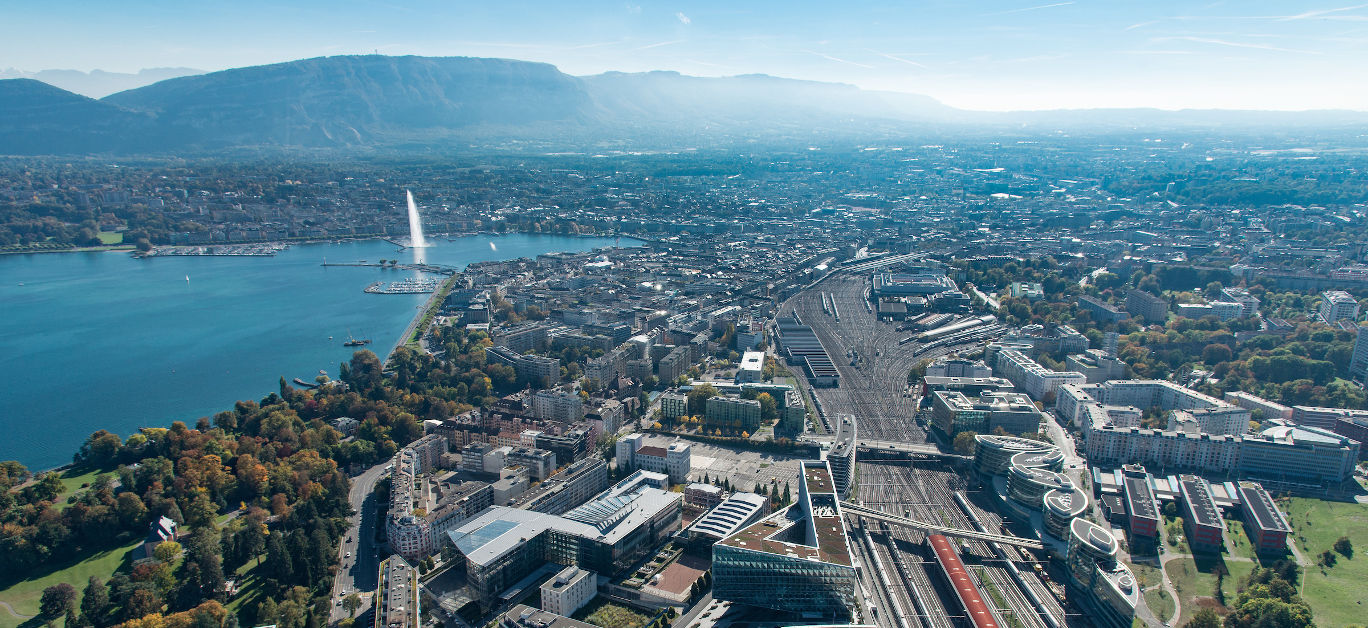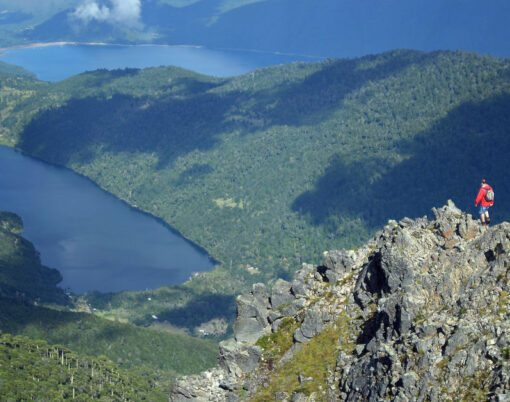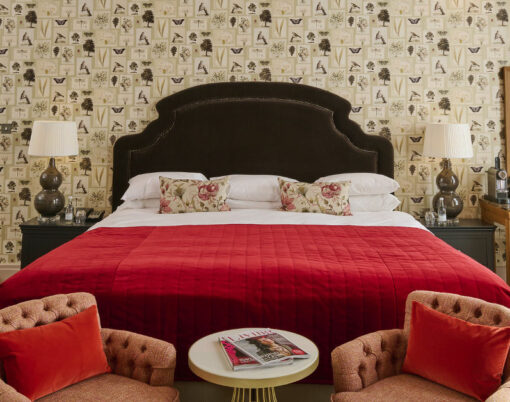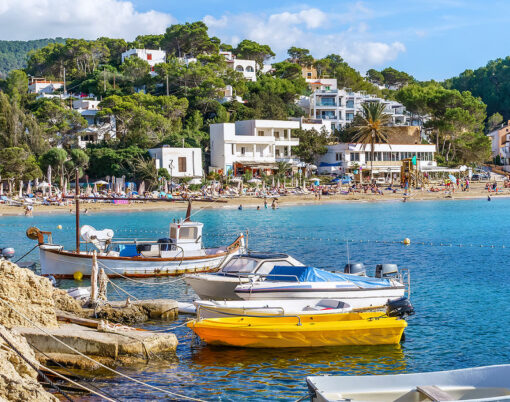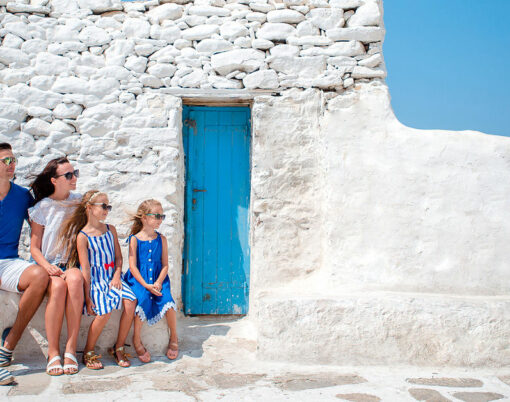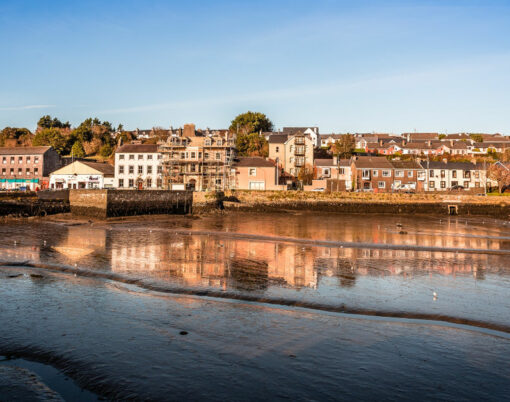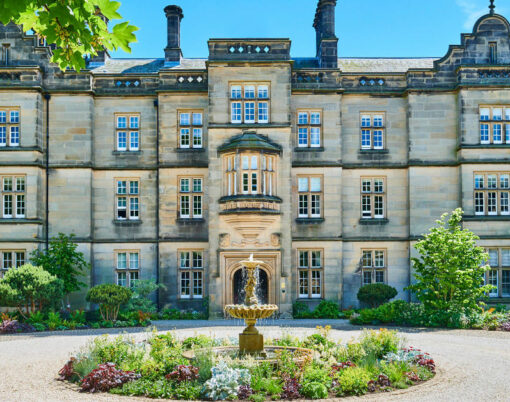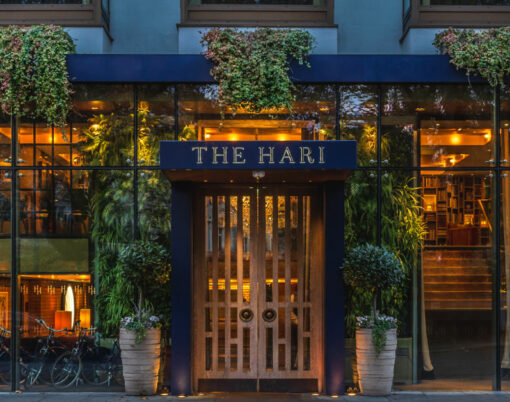Words by Yousif Nur
To say that the Swiss are proud of their watchmaking history would be a massive understatement. No sooner had I landed at Geneva airport, I was awash with adverts for luxury watch brands, and that was before I reached immigration, let alone collect my suitcase. A who’s who of Swiss purveyors of timekeeping all had ads; Rolex, Tissot, Breguet, Patek Philippe, Omega, Audemars Piguet – and those are just the ones I remember off the top of my head.
Geneva has been a world-renowned spot for watchmaking for several centuries, just by virtue of the fact that many of the aforementioned names base themselves not just in this city, but also in the nearby towns of Biel and La Chaux-de-Fonds. All the above brands aforementioned either base themselves or have a presence in these places.
To kick off my press trip as the sole UK representative, I stayed at the Geneva Marriott, barely 2km away from the airport and a mile from the French border. It’s very much a business-oriented hotel, with many foreign delegates and NGO’s, particularly from America coming to stay here, what with the city being home to the United Nations, World Health Organisation and International Red Cross.
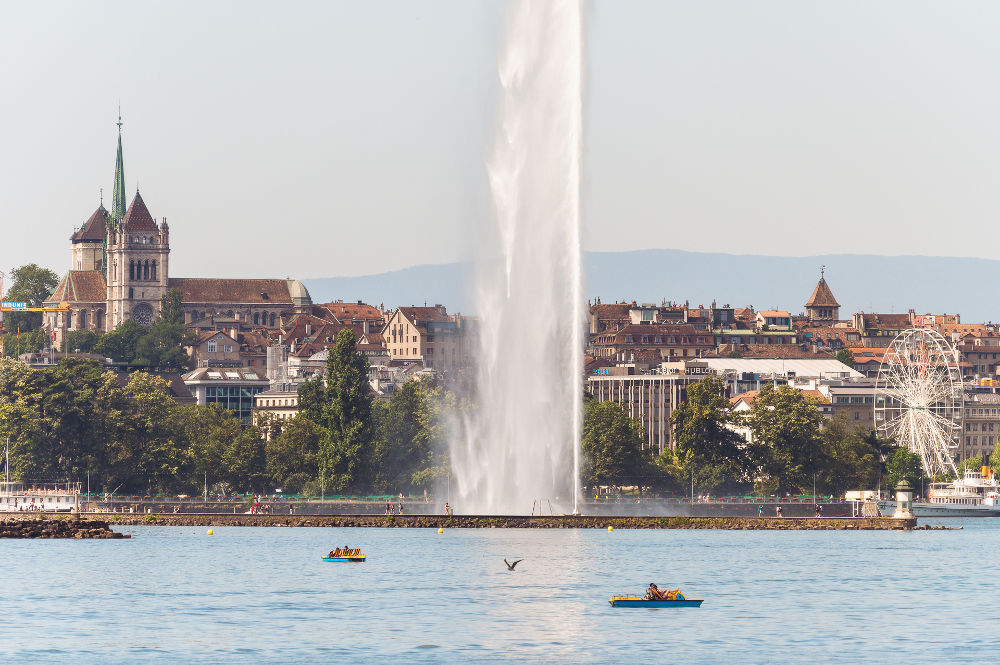
A morning walk on our first full day in the city took us through Geneva’s best bits. This included the The Wall of Reformation, a depiction of four giant statues commemorating the major figures of the Protestant Reformation on the old city wall of Geneva in the Parc des Bastions. Afterwards, we took a stroll through St Peters Cathedral, which was also at the heart of the Reformation movement. Next, was the Jardin Anglais, to wait for a steamboat ride on Lake Geneva in full view of Jet L’Eau and a shot of Mont Blanc and the Alps in the far distance. The early afternoon was spent at La Bonbonerie, a chocolatier which makes its own produce downstairs and has its own workshop upstairs. I came for a masterclass on how to make chocolate and made some of my own to take home with me.
The next day began with a short bus ride to the International Red Cross and Red Crescent Museum. Though much of it was being refurbished, there was enough to see exhibits and accounts from people via interactive films who have been caught up, persecuted or oppressed in the crossfires of war and conflict. Across the road and literally a stone’s throw away was the United Nations building. As journalists, we were given special permission and access to rooms where there were discussions of matters that couldn’t be disclosed to the general public. Despite the ongoing renovation, we toured the grounds, which included the library, meeting rooms, Assembly Hall and press room.
With a free afternoon to myself, I visited the opulent Patek Philippe Museum. This was certainly a highlight of the trip as I learned about the history of the brand, with most timepieces actually being pocket watches and antique clocks from throughout the centuries of the brand’s inception. There were three floors of beautiful ornaments and even the ticket stub itself for entry was a work of art in itself. When it comes to luxury watches, it doesn’t get much more prestigious than Patek Philippe.
The following day it was off on a train ride to Biel, as we were to spend the afternoon visiting the Swatch and Omega Museums, both located in the same building, including the Cite du Temps, which houses said museums. Built in 2019, Swatch HQ is one of the world’s largest timber structures, which was designed by Japanese architect, Shigeru Ban and almost resembles a snake, a rising arm or even timber and glass dragon. For the sake of sustainability, only timber from Swiss forests were used in its construction.
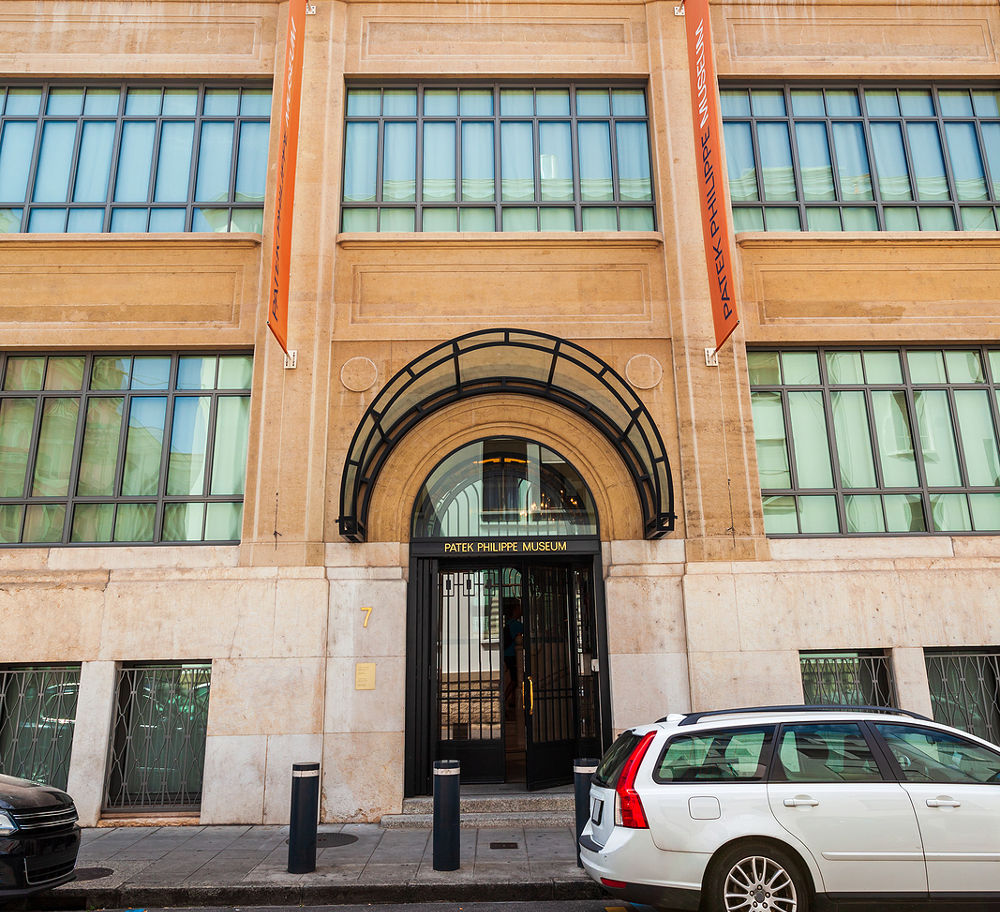
Swatch even have their own unique drive-thru to buy watches – a concept built around fast food outlets to buy and customise your own Swatch, which you can then come and collect in the store.
On the first floor of Cite de Temps is the Swatch Museum – a quirky, eclectic space full of watches dating back to its inception in the early eighties, beginning with the world’s thinnest watch from the early eighties and also watches made from every year passing on display. They also made old phones, stereos and other products in the 90s.
The Omega Museum on the other hand is a very different type of place. We even had the honour and privilege of being welcomed to the museum by the CEO and president of Omega, Raymond Aeschlimann, who talked of Omega’s historical legacy throughout the years. Even looking in my direction with a mention of the UK. He clearly did his due diligence of who was on this press trip. The Omega exhibit had an athletics track to measure one’s speed as they’ve been the official timekeeper of the Olympic Games since it began. Lots of special edition James Bond watches were on display too from the many films of the franchise.
After a whistlestop browse in Biel, we went to visit La Chaux-de-Fonds. To those outside of Switzerland, it might be seen as a sleepy little non-descript town, but to watchmakers it’s a pretty big deal. Many watch brands you know and love are based in this town, which was made specifically for watchmaking and is a UNESCO World Heritage site for this very reason. Fun fact: in 1900, more than half of the world’s watches were made in La Chaux-de-Fonds.
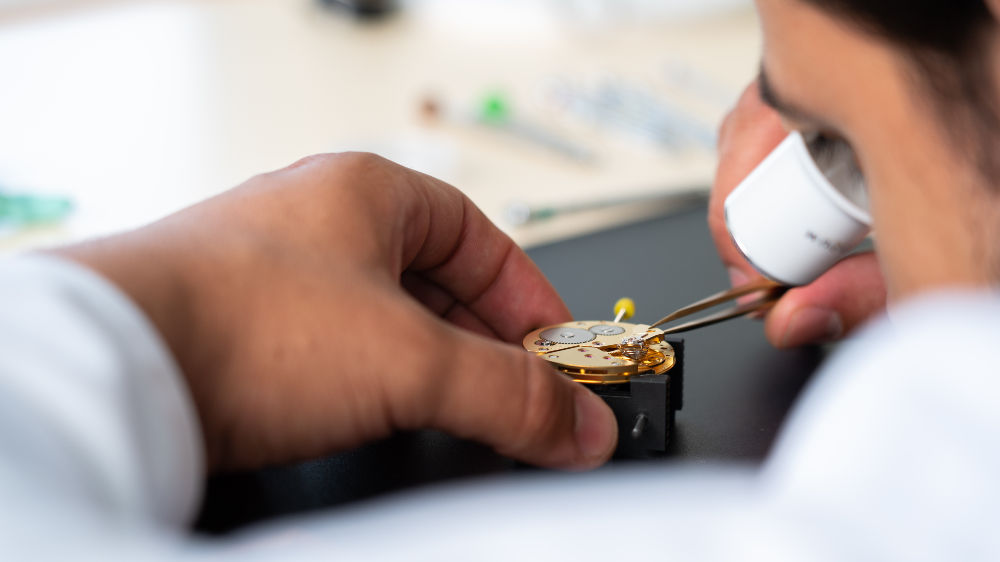
“Welcome to the centre of the world – of watchmaking,” our tour guide said upon greeting us to the quaint little town before getting a coach ride to our hotel, Les Hotel des Endroits, which from the rooftop, boasts stunning views of hills and valleys.
Walking around the town, there’s a chequerboard design of the roads and buildings. This is because after suffering devastating fires in the early part of the 19th century, they carefully planned out where residential areas, offices and productions of watches should be placed. We also visited the International Watchmaking Museum, which houses everything from sundials to elaborate clocks and everything else in between to tell the time from throughout the centuries.
Then, we went to see how to assemble a mechanical watch at the Le Garde Temps facility. The intricacy, dexterity and precision it takes for a luxury watch to be up to standard gave me a newfound appreciation for them. Then it was our turn. So how did I fare? Well, with a set of instructions and a tutor to help me out with a lost spring that flew into the ether, it took a little over ten minutes in all. Then we were taken into a room where brands like Rolex send damaged or distressed watches to the facility to get them as good as new.
Switzerland sure does punch above its weight for its small size and population of under 10 million people. And knows a thing or two about watches.
Factbox
myswitzerland.com | swiss.com | myswitzerland.com/swisstravelsystem












